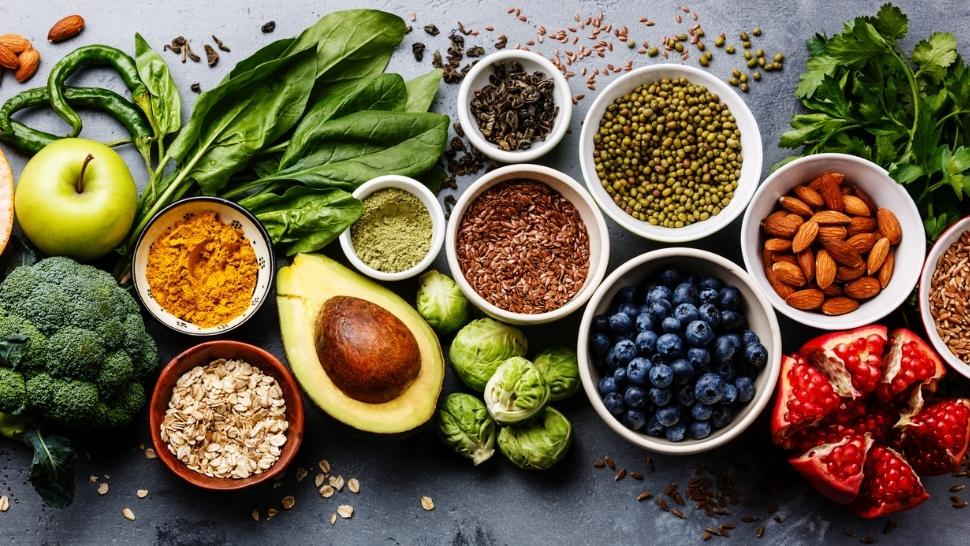
Finding a nutrition plan that best supports your health and well-being may feel overwhelming, but it doesn’t have to be. The following strategies can help you establish a healthy relationship with food and achieve your wellness goals. Keep in mind that it takes time and practice to develop healthy habits, so be sure to celebrate the journey and give yourself a pat on the back for every step you take.
Focus on nutrients. Eating whole foods — including a lot of plants — is the best way to get the most nutrient bang for your calorie buck. Choosing nutrient-rich foods most often will help you reach and maintain a reasonable weight while giving your body the fuel it needs to feel your best. To make more nutrient-rich food choices:
- Select a variety of colorful produce and aim to eat some (the more the better) at every meal.
- Eat minimally processed foods closest to their original form.
- Focus on plant-based proteins and fish.
- Add healthy, plant-based fats such as nuts, seeds, and avocados.
Be mindful of portion sizes. Because servings have become so large, it’s easy to think over-sized portions are the recommended amount. To help, practice mindfulness to get in touch with your body’s hunger and fullness cues as simply aligning portions with true physical hunger can be a great way to manage portion creep. Also try these non-physical tips to help keep portions in check.
- Use smaller plates and bowls — larger dishes tend to mean larger portions making it easy to (accidentally) overdo it.
- Manage your environment. Keeping foods out of sight often means out of mind. Try serving yourself in the kitchen, then moving to the table to eat or portioning snacks instead of eating out of the bag or box. Also be aware of foods you might feel better eating in a “single” portion away from home verses having a larger box or container in your pantry.
- Watch the clock. You’ve probably heard that it takes 20 minutes for your brain to recognize that you are full. Give it that time and savor every bite.
- Check in often. Once you’ve finished what you’ve planned to eat — check in on your fullness level before deciding on seconds.
- Indulge — a little. Healthy eating includes treats too. Savor these treats, take time to taste them, and don’t feel guilty. Including these foods in your diet can help keep cravings under control.
Know what derails you. Having a plan is paramount. Making healthful choices is not about willpower as life presents challenges that affect your choices.
- Stressed? Get moving, call a friend for a laugh, take deep breaths, and make sure you get enough sleep.
- Late night snacks your vice? Find healthy options that satisfy you such as mixed vegetables with hummus, a chocolate covered banana, or popcorn topped with nutritional yeast.
- Distracted while eating? Power down at mealtime, get some (real) face time, and take time to savor your meals.
- Tempted by mindless eating? Take a different route to avoid office treats, keep a stash of healthy snacks on hand, and strategize on how you can still enjoy social outings with healthier food and drink choices.